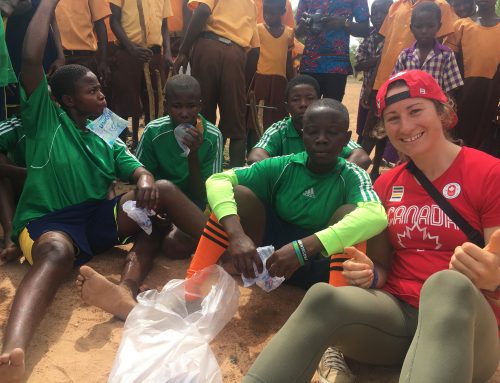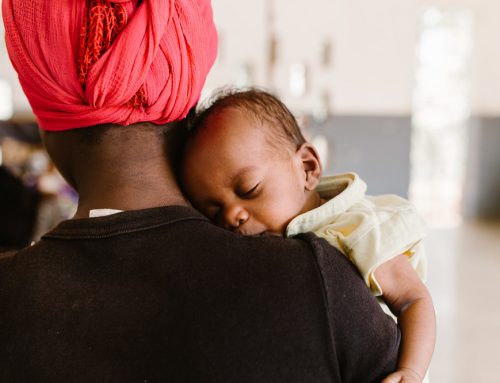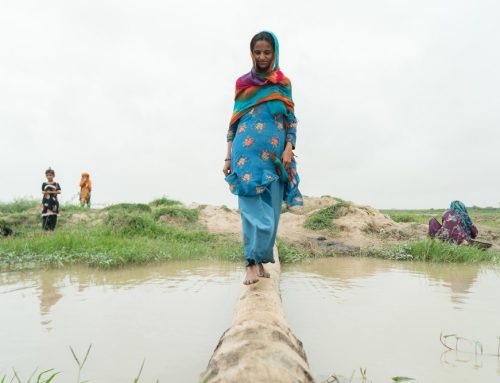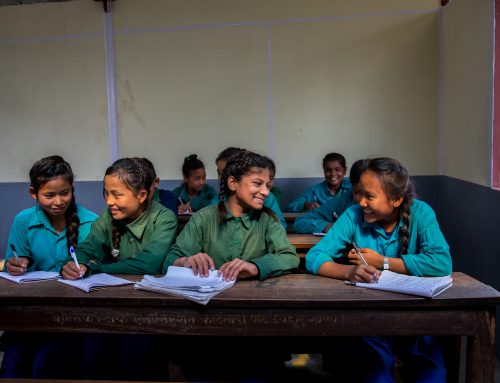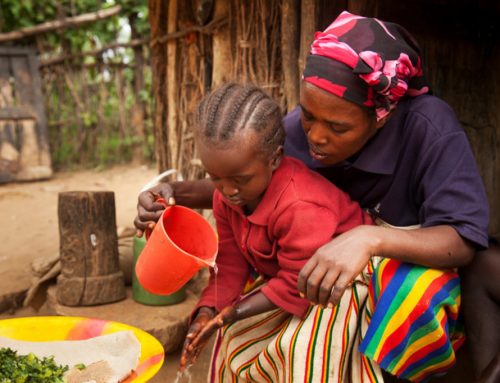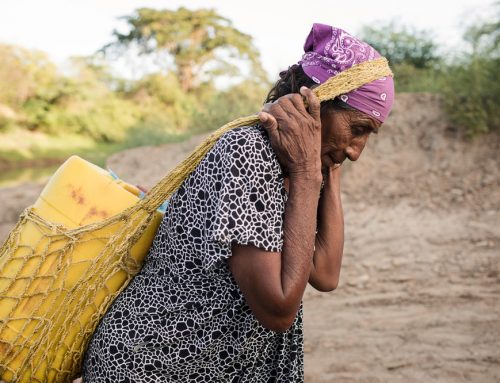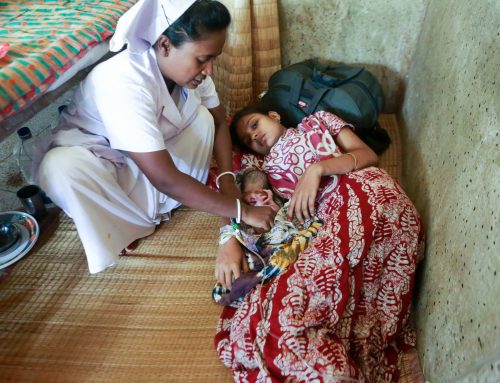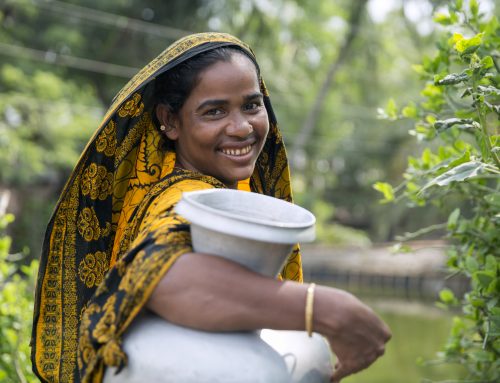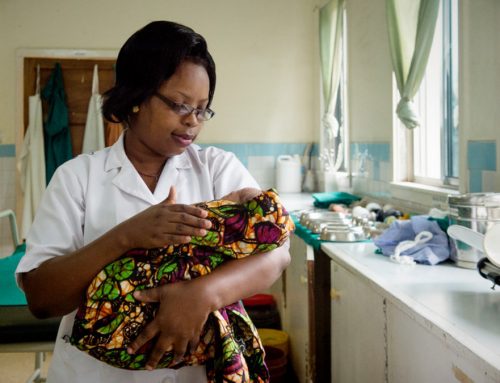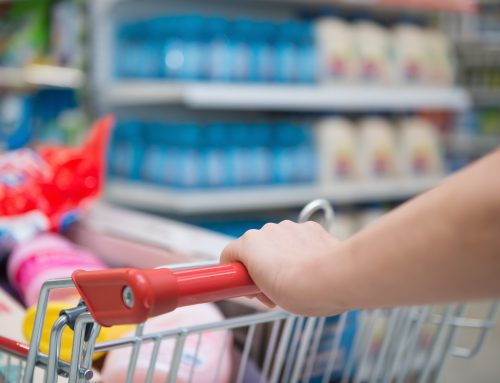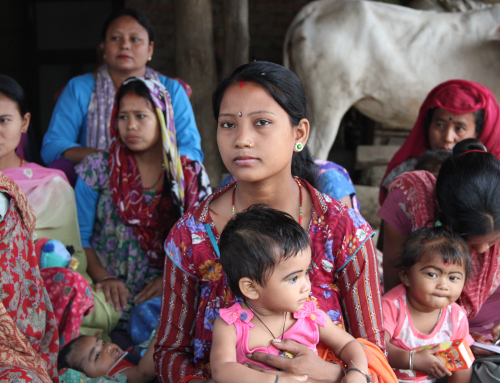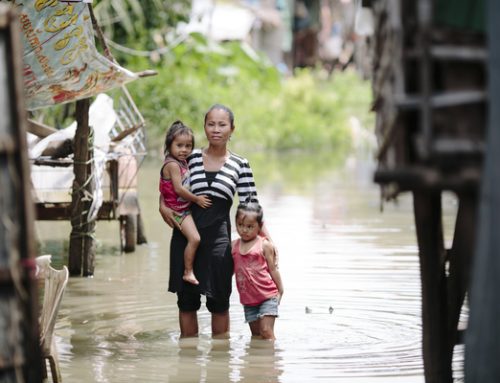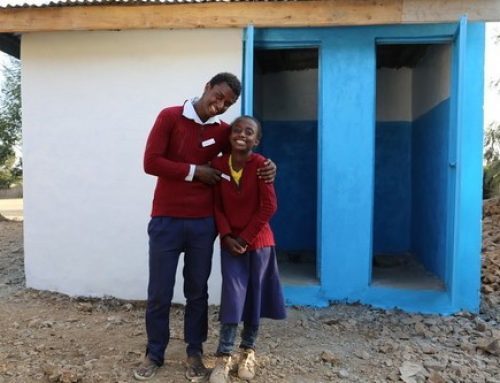Two years after the devastating earthquake in Nepal, a community in the village of Kharelthok has completed their work to rebuild the water facilities that were destroyed in the disaster.
The earthquake killed nearly 9,000 people, injured nearly 22,000, and flattened entire villages. Since that devastating day, WaterAid has helped transform more than 20,000 lives thanks to the support of members of the public and partner organisations.
Plumber Krishna Sunuwar, 58, worked with WaterAid to repair his community’s damaged water system. His journey is featured in Aftershock, WaterAid’s first ever virtual reality documentary, made in collaboration with HSBC’s Water Programme.
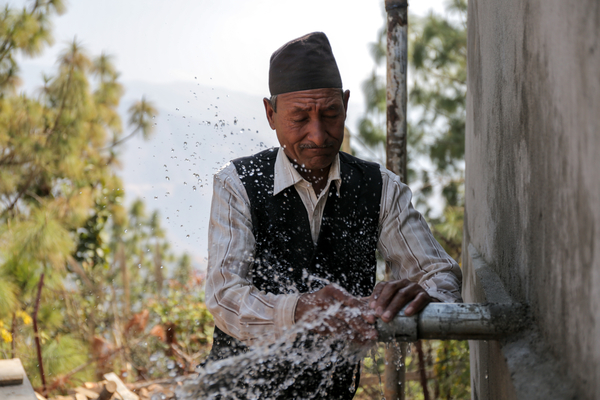
Krishna working at filteration tank. Photo: WaterAid/Mani Karmacharya
“All the 26 taps have been completed. At the Pahari river, we constructed the sedimentation tank to filter the water at the first stage as it used to be very muddy during the rainy season and the pipes used to get blocked. We have also built a filter in the reservoir tank so the water is much safer water compared to the past when we used to drink water directly from the river.
“I am very happy that my children and future generations of this community will no longer have to drink the dirty water and that they will have an easy life free of diseases.”
Alongside the water restoration work, WaterAid has been working with the community to construct toilets and spread good hygiene awareness.
Krishna added:
“People have also gradually started constructing toilets. After one month of work, I have also completed the construction of the toilet. We will soon be able to declare the village as free from open defecation.
“The community has started maintaining good hygiene. People clean their yards and aren’t littering the surrounding area, they are washing their hands more frequently, and all of us have become more conscious regarding personal hygiene. Our health and hygiene has improved a lot.
“When I see good things happening around, I feel very happy. I feel as if I am living in the best place of the world. For the people who have seen me and my village in the VR film, I would like to say a big thank you. With your support we were able to get clean drinking water and our life has become very comfortable.”
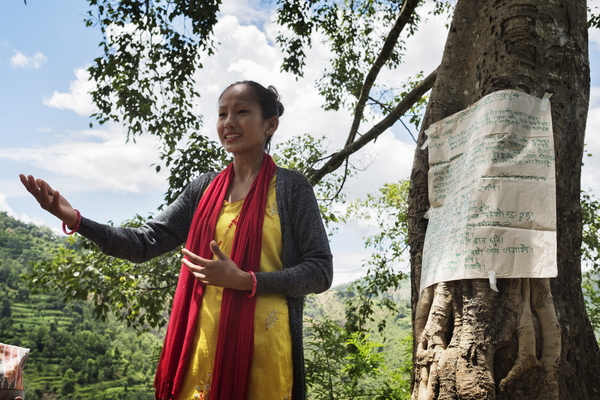
Kopila speaks with community members at a meeting to discuss water points and community issues in Kharelthok Village. Photo: WaterAid/ Adam Ferguson
Kopila has been working as a Hygiene Sanitation Promoter for the past year.
“Before we had taps, I used to fetch water at midnight. While walking I often fell. After we got one lot, we’d have to make another trip, as it wasn’t enough. We couldn’t even wash our clothes.
“The water situation is better now. There are health improvements as well as people are more aware about personal hygiene. There are fewer cases of diarrhea, pneumonia, and colds.
“Being a part of WaterAid’s project is very good, especially when women compliment me about the results of hygiene behaviour. When I see families maintaining proper health and hygiene I feel really good. One mother told me that her 3-year-old son used to get sick a lot, but after she learned about maintaining cleanliness and hygiene her son is not getting sick very often and she is saving money.”
WaterAid’s post-earthquake recovery work has reached more than 16,000 affected people with clean water services, 23,000 with improved sanitation facilities, and 23,000 with hygiene promotion.
For more information about AfterShock, Nepal’s Untold Water Story or to get your free headset, visit: aftershock.wateraid.org
